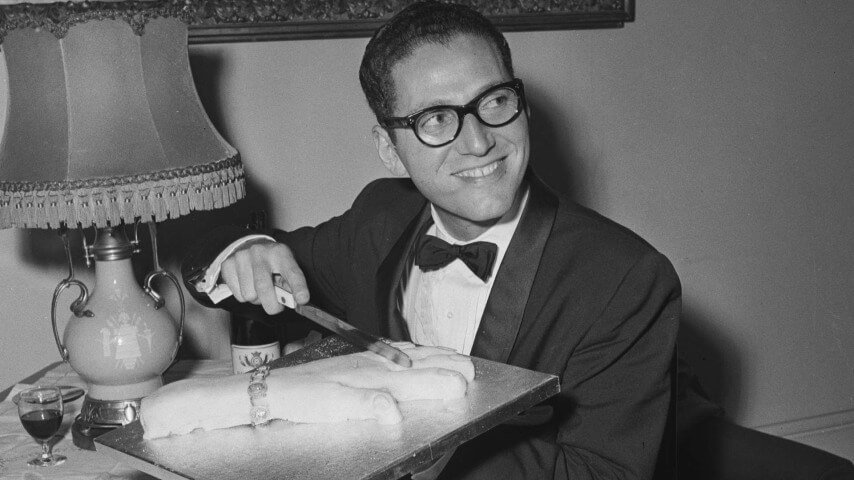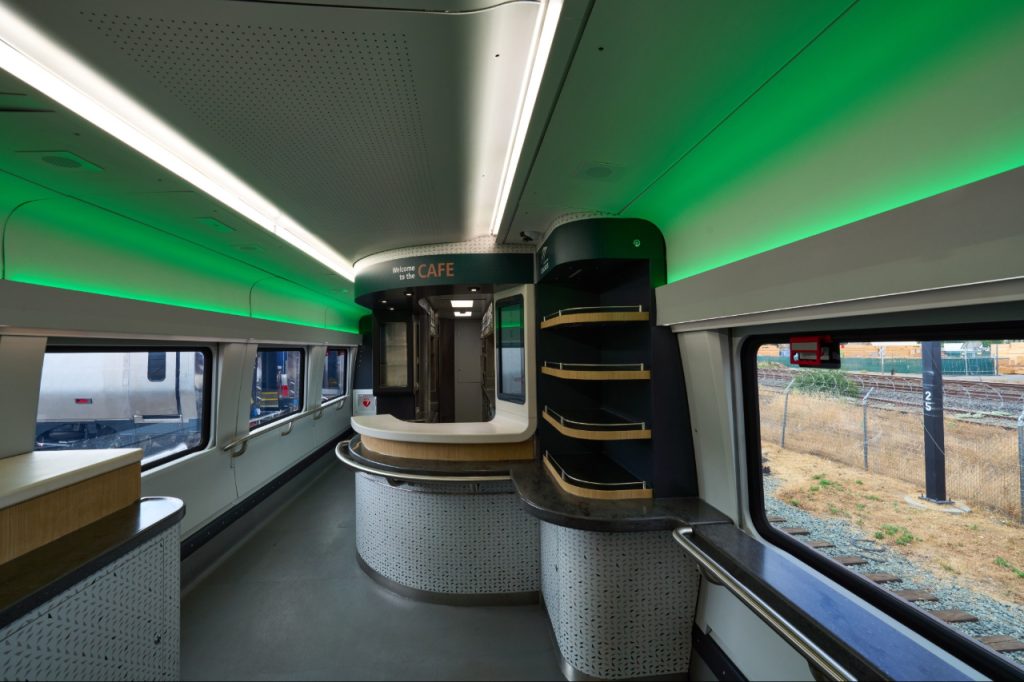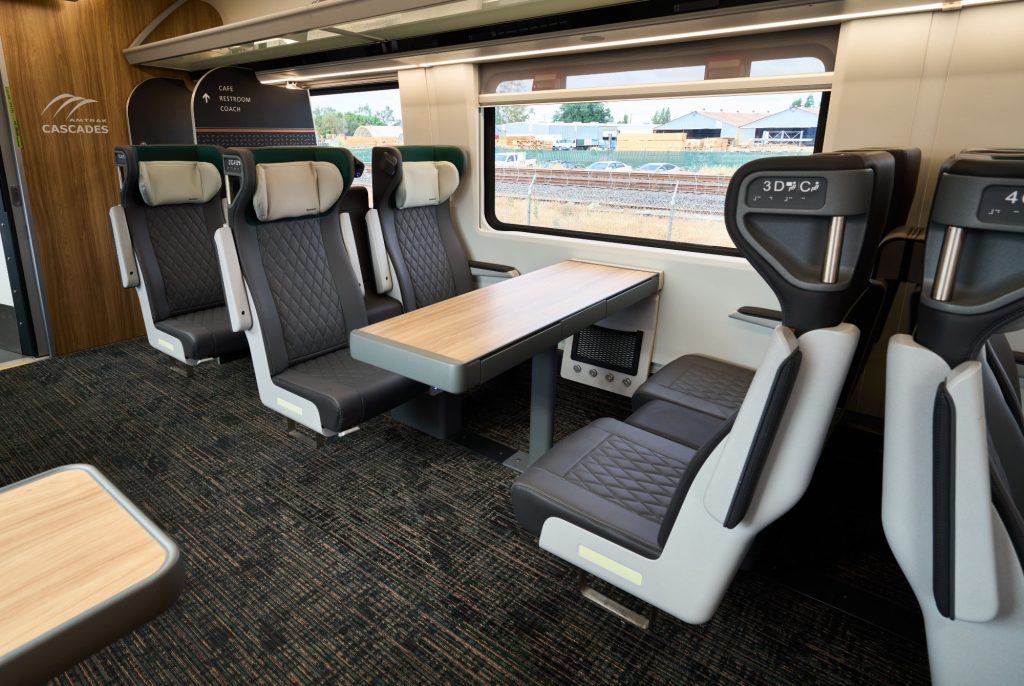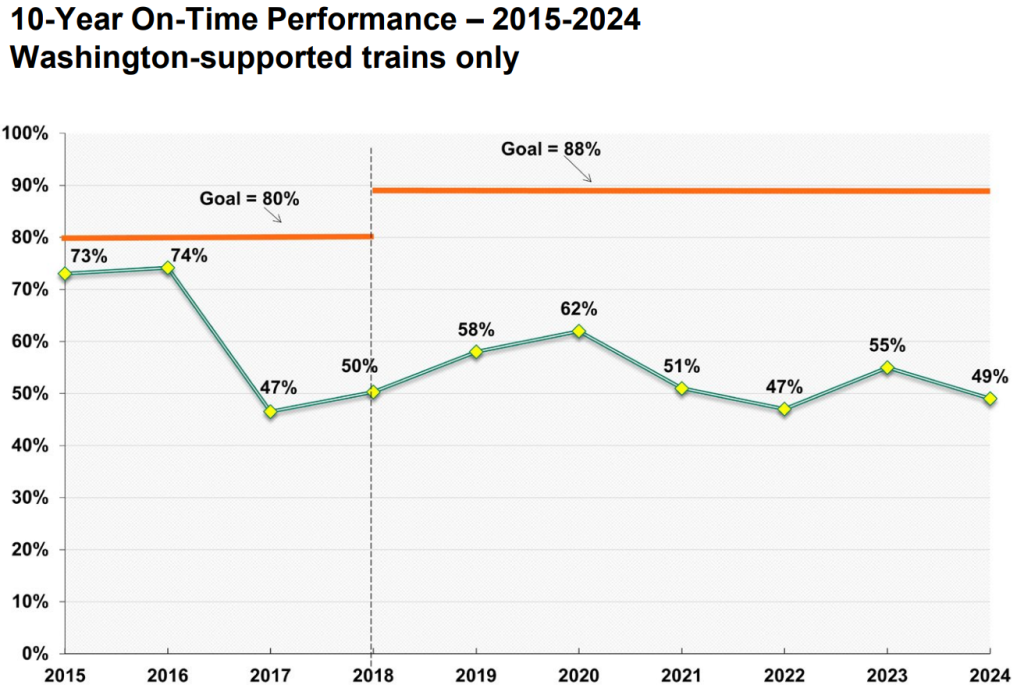There was a moment, around this time last year, when it felt like things might turn out OK for the Democrats. The party had a new nominee for president, Kamala Harris, and she was saying a lot of the right things. At a time when voters were clearly upset about affordability, Harris started off her campaign with talk of cracking down on price gouging, and other policies to rein in corporate corruption. By late summer, some journalists were asking questions such as, “The Populist Mantle Is Harris’s for the Taking: But Does She Want It?”
Alas, to our daily horror, she didn’t want that mantle. Her campaign pivoted away from economic populism and embraced the corporate-friendly centrism of Harris’s closest advisers. This shift was clear in her policy moves, like watering down her price-gouging crackdown and walking back proposals to tax the rich following pressure from her biggest donors, as well as in her rhetoric, as she curtailed earlier messaging on taking on corporate elites and went all in on a bipartisan theme of defending democracy. In October, Harris campaigned more often with Republican Liz Cheney than any other surrogate, and had more appearances with billionaire Mark Cuban than United Auto Workers president Shawn Fain.
And then she lost. She significantly underperformed with working-class voters compared to Joe Biden in 2020, and became the first Democratic presidential nominee in decades to receive more support from Americans in the top third of the income bracket than those in the bottom two-thirds. That is why there has been broad agreement—even David Brooks is in this camp—that if Democrats want to defeat MAGA Republicans, they need to stop embracing anodyne, corporate-approved messaging and start giving people something to vote for. If you don’t believe it, compare the current approval rating of the Democratic Party (-32) with that of Bernie Sanders (+11). That’s a 43-point difference.
Unfortunately, many members of the Democratic establishment remain firmly opposed to this hard-learned principle. The antipathy toward populism has been most apparent lately in the New York City mayoral race, where Zohran Mamdani remains unendorsed by leading Democrats despite winning the party’s nomination and facing off against two Democrats (who turned independent for the general election) who are now collaborating with Trump. But it’s in relation to the party’s top campaign apparatuses—the Democratic Senatorial Campaign Committee and the Democratic Congressional Campaign Committee—that this refusal to learn the lessons of 2024 could be most catastrophic to the party’s prospects in next year’s midterm elections.
Because again and again, in must-win House and Senate races, rather than embracing candidates that are proving their capacity to spark grassroots Democratic enthusiasm and tap into the populist ferment of the American public, establishment leaders are working to tilt the scales in favor of exactly the kind of uninspiring corporatists that dug the party’s current hole.
We’re seeing this play out very clearly in the Senate race in Michigan. Dr. Abdul El-Sayed, backed by Bernie Sanders, is a full-throated progressive populist (and an occasional TNR contributor). State Senator Mallory McMorrow is running as a D.C. outsider. Both are charismatic communicators and strong grassroots fundraisers; despite refusing to take corporate PAC money, they raised $1.8 million and $2.1 million, respectively, in the last quarter.
So naturally the Democratic establishment is pushing hard for a third candidate, with reports that Senate Minority Leader Chuck Schumer and Senator Kirsten Gillibrand, who chairs the Democratic Congressional Campaign Committee, are privately encouraging donors to line up behind Congresswoman Haley Stevens.
Stevens is not charismatic in person. She is not an effective communicator online; her social media posts regularly get single-digit engagement. She’s not a strong fundraiser; she raised less than either McMorrow or El-Sayed, with just $1.3 million in new contributions last quarter, despite being the only candidate in the race taking money from corporations. And she’s taking a lot of it, with hundreds of thousands of dollars from nearly 100 different corporate PACs representing Wall Street (Goldman Sachs, the American Bankers Association); fossil fuels (Dupont, Dow, the American Chemistry Council); insurance (UnitedHealth, Cigna, Blue Cross Blue Shield), utilities (Cox, Verizon, DTE); Big Tech (Google, Microsoft); retailers (Walmart, Home Depot); Big Sugar; and many, many others.
Unlike McMorrow and El-Sayed, who both oppose weapons shipments to Israel, Stevens is firmly in the pocket of the American Israel Public Affairs Committee: She raised more money from AIPAC than she did in small-dollar unitemized contributions. This would be an electoral albatross in any state, given Americans’ nearly two-to-one opposition to Israel’s genocide in Gaza. But in Michigan, the state with the largest number of Arab American voters, who famously abandoned Democrats in the last election, choosing Stevens is an even riskier bet. And yet, that’s exactly the bet that Democrats like Schumer and Gillibrand are seemingly making.
Similar stories are playing out in the battle for the House. A prime example is California’s 22nd district, currently represented by GOP Congressman David Valadao, one of the most vulnerable Republicans in the country. This is a heavily Latino district that swung to Trump after Biden won it by 13 points in 2020. And Randy Villegas, who launched a campaign against Valadao earlier this year, would seem to be a perfect fit for it. A working-class educator and local elected official, Villegas is the son of Mexican immigrants, and speaks compellingly about the issues his community faces. Though he “hesitates to put any labels” (like progressive or leftist) on himself, he is clearly running as an economic populist. “I think we need to have candidates who are willing to say that they’re going to stand up against corporate greed, that they are going to stand against corruption in government, and that they are going to stand against billionaires that are controlling the strings right now,” he said in April. And he’s demonstrated his viability, raising a quarter of a million dollars in the last quarter without taking any corporate PAC money.
So how did the DCCC respond to Villegas’s momentum? By convincing State Assemblymember Jasmeet Bains—arguably California’s most conservative Democratic legislator, whose blatant shilling for the fossil fuel industry earned her the moniker “Big Oil Bains”—to get in the race. Bains announced her candidacy in mid-July, several months after the San Joaquin Valley Sun reported that the DCCC and some California House Democrats were recruiting her.
On paper, Bains has some strengths. In particular, she is a medical doctor, which provides a useful framing device for criticizing Valadao’s vote for the health care cuts in Trump’s murderous budget bill. But in a working-class district like CA-22, Bain’s record of protecting corporate profits over regular people could be a serious liability. She was the only California Democrat to vote “no” on a bill to curb price gouging in the oil industry. The Big Oil lobbying group Western States Petroleum Association, which opposed the bill, rewarded Bains with a max-out contribution a couple months after the vote. Bains was also the only Democrat to vote against a bill to hold oil companies accountable for finished oil wells they refuse to plug, and to vote against allocating $1.5 billion for wildfire prevention—just five months before wildfires would devastate Southern California. In a district with huge numbers of renters, she voted against increased protections for tenants.
So in a race that will be defined by whether Democrats can effectively attack the incumbent for raising costs on his working-class Latino constituents by voting for the Trump budget bill’s corporate handouts, the Democratic establishment is stepping in to block a working-class Latino candidate perfectly suited to making that case in favor of the California Democrat with perhaps the most obvious record of voting to let corporations raise costs on regular people.
This critique isn’t about ideology. It’s about winning. Like Harris and her advisers, the historically unpopular leaders of the Democratic Party are operating off a failed model that prioritizes a candidate’s approval by corporate interests over their ability to channel the populist frustrations being expressed by Americans across the political spectrum. By refusing to absorb the lessons of 2024, this establishment is now imperiling Democrats’ chances in 2026—and thereby threatening to condemn all of us to at least two more years of unchecked authoritarian rule.







